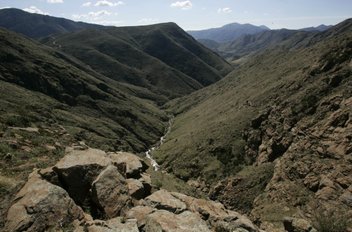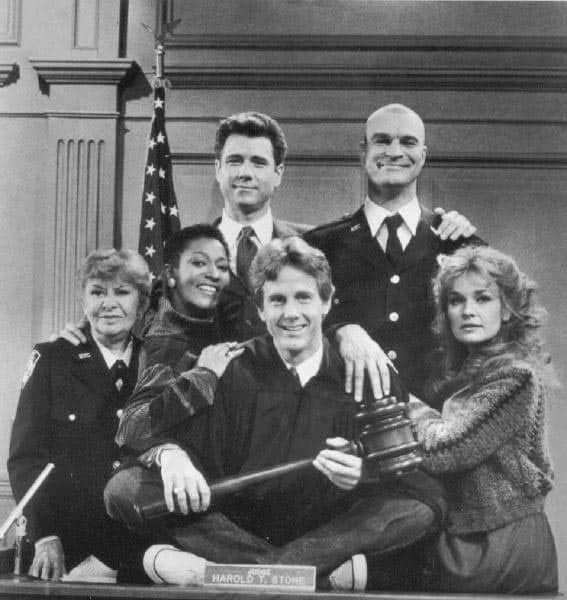See “Court Ruling Opens Door for Intervenors in Western NEPA Disputes” in NY Times here.
Previously “Under the San Francisco-based 9th U.S. Circuit Court of Appeals’ “federal defendant rule,” anyone other than the federal government was barred in most instances from defending claims under the National Environmental Policy Act (NEPA), the main legal mechanism for challenging government actions that affect the environment. ”
The rule, unique to the 9th Circuit, was frustrating for business and recreational interests in particular, which thought their voices were not always being heard in cases between environmental groups and the government.
Environmental groups had largely stayed neutral on the question of whether the rule should be kept and have downplayed the importance of the case. That is because, while the rule might help them in some cases, in others, it does not.
The ruling will have considerable consequences in the environmental context because the 9th Circuit’s jurisdiction includes the nine Western states, and its caseload therefore includes a substantial number of environmental cases in which the federal government is the defendant.
The rationale behind the rule was that parties seeking to intervene did not have a “significantly protectable” interest because NEPA is a law that only binds the federal government.
Writing for a unanimous court, Judge Barry Silverman said the rule “ignores our traditionally liberal policy in favor of intervention” and “fails to recognize” the fact that private parties can show a protectable right,” he added.
The dispute that led to the ruling focused on efforts by the Magic Valley Trail Machine Association to intervene when the Wilderness Society and Prairie Falcon Audubon Inc. sought to challenge a Forest Service decision concerning motorized travel in the Sawtooth National Forest in Idaho.
It seems mildly odd to me an idea unique to one circuit and one that seems ultimately to be questionable, lived as long as it did (since 1989?). I wonder if there should be time limits on courts responding to appeals, as there are for agency administrative appeals? Here is a link to the decision. I seem to remember a legal maxim along the lines of “justice delayed is justice denied.”




